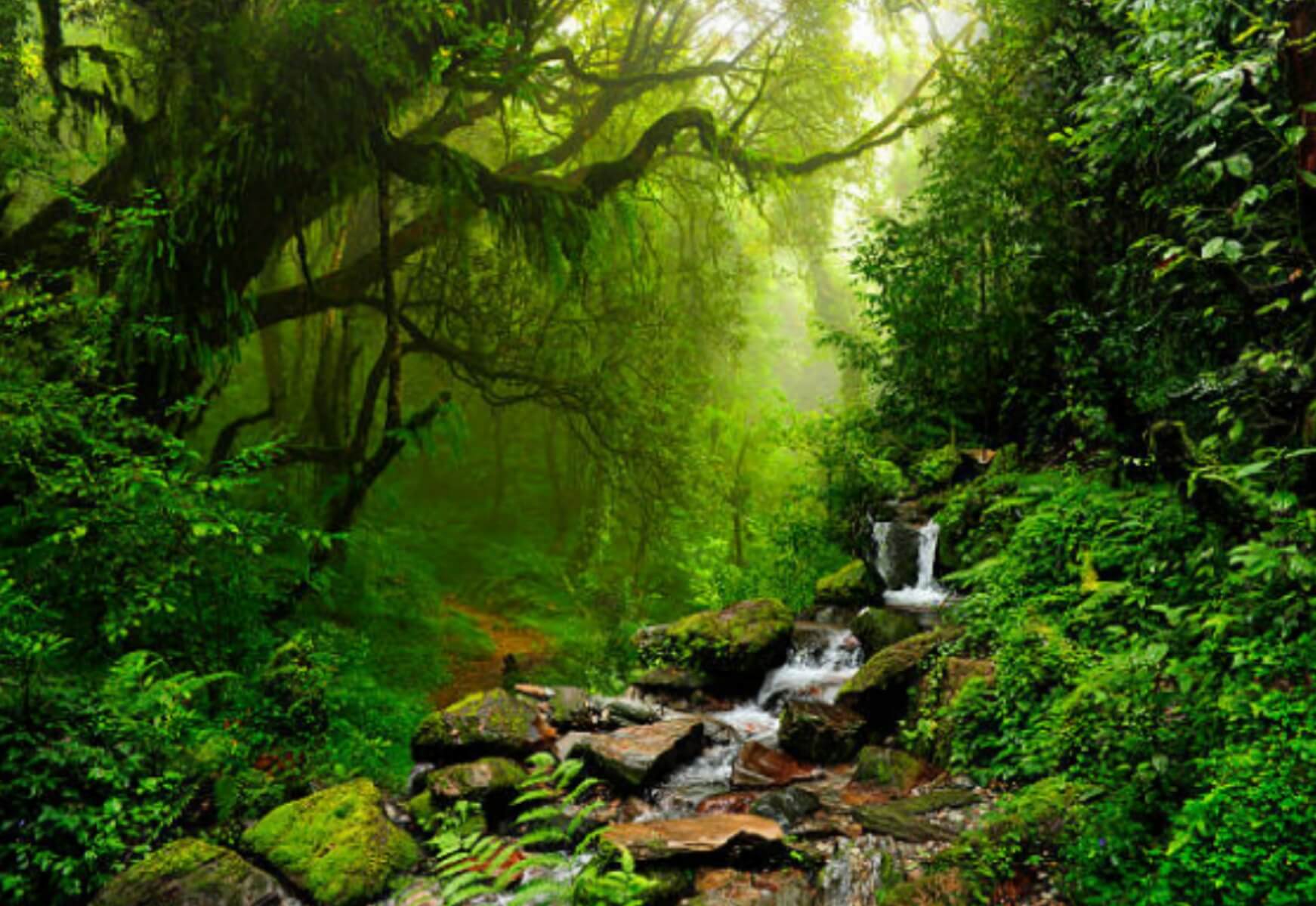Humans have degraded or destroyed approximately 66% of the world’s unique tropical rainforest cover, new information uncovers – raising alert that a key characteristic support against climate change is rapidly disappearing.
The forest misfortune is additionally a significant patron of climate-warming outflows, with the thick tropical forest vegetation representing the biggest living supply of carbon.
Logging and land change, predominantly for horticulture, have cleared out 34% of the world’s unique old-development tropical rainforests and degraded another 30%, leaving them more powerless against fire and future annihilation, as per an investigation by the non-benefit Rainforest Foundation Norway.
The greater part of the obliteration since 2002 has been in South America’s Amazon and lining rainforests.
As more rainforest is destroyed, there is more potential for climate change, which thus makes it more hard for residual forests to endure, said the report’s creator Anders Krogh, a tropical forest researcher.
“It’s an unnerving cycle,” Krogh said. The complete lost between only 2002 and 2019 was bigger than the zone of France, he found.
The pace of misfortune in 2019 generally coordinated the yearly degree of annihilation throughout the most recent 20 years, with a football field of forest disappearing like clockwork, as per another new report by the World Resources Institute.
The Brazilian Amazon has been feeling the squeeze in late many years, as an agricultural boom has driven ranchers and land theorists to burn plots of land for soybeans, beef and different yields. That pattern has deteriorated since 2019, when conservative President Jair Bolsonaro got to work and started debilitating environmental authorization.
Yet, the Amazon likewise addresses the best expect safeguarding what rainforest remains. The Amazon and its neighbors – the Orinoco and the Andean rainforest – represent 73.5 percent of tropical forests still flawless, as indicated by Krogh.
The new report “builds up that Brazil should deal with the forest,” said Ane Alencar, a geographer with the Amazon Environmental Research Institute who was not engaged with the work. “Brazil has the greatest chunk of tropical forest in the world and is likewise losing the most.”
Southeast Asian islands, for the most part having a place with Indonesia, by and large position second regarding forest obliteration since 2002, with quite a bit of those forests cleared for palm oil ranches.
Focal Africa positions third, with the greater part of the obliteration revolved around the Congo River basin, because of customary and business cultivating just as logging.
Forests that were characterized in the report as degraded had either been in part destroyed, or destroyed and since supplanted by optional forest development, Rainforest Foundation Norway said.
That report’s definition for unblemished forest might be excessively severe, forewarned Tasso Azevedo, organizer of the Brazilian deforestation planning activity MapBiomas. The examination just tallies immaculate locales of at any rate 500 square km (193 square miles) as unblemished, leaving out more modest zones that may add to the world’s virgin forest cover, he said.
Krogh clarified that this definition was picked on the grounds that more modest lots are in danger of the “edge impact,” where trees pass on quicker and biodiversity is more diligently to keep up close to the edge of the forest. A forest spreading over 500 square km can completely sustain its ecosystem, he said.
